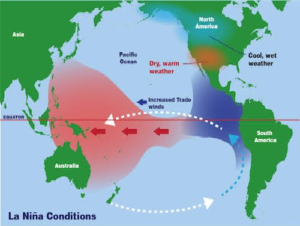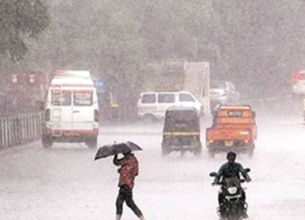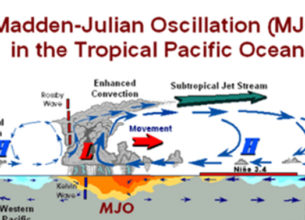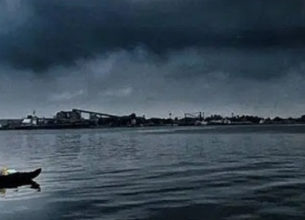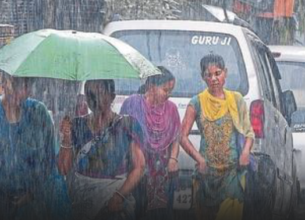Northeast Monsoon – A Disaster
23, Dec 2021
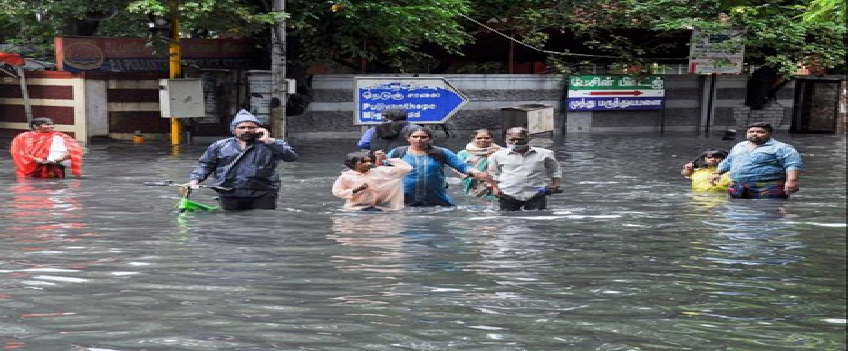
Prelims level : Climatology
Mains level : GS-III Important Geophysical Phenomena Such as Earth Quakes, Tsunami, Volcanic Activity, Cyclone Etc., Geographical features and their Locations-Changes in Critical Geographical Features (Including Water Bodies and Ice Caps) and In Flora and Fauna and the Effects of Such Changes.
Context:
- Faced with the fourth consecutive year of flooding and landslips since 2018, two months of the northeast monsoon alone has caused massive losses in terms of damage to life, Property, and Crops.
What is the Northeast Monsoon?
- Occurs during October to December, and is a small-scale monsoon compared to South- West Monsoon.
- It is confined to the Southern Peninsula.
- The rainfall associated with the Northeast monsoon is important for Tamil Nadu, Puducherry, Karaikal, Yanam, coastal Andhra Pradesh, Kerala, north interior Karnataka, Mahe and Lakshadweep.
- Some South Asian countries such as Maldives, Sri Lanka and Myanmar, too, record rainfall during October to December.
What is La Nina?
- La Niña (Spanish for ‘little girl’) is an abnormal cooling of eastern and central regions of the Pacific Ocean surface waters.
- Together, the El Niño and La Niña phenomena are termed as El Niño Southern Oscillation (ENSO).
- These are large-scale ocean phenomena which inflence the global weather — winds, temperature and rainfall.
- They have the ability to trigger extreme weather events like droughts, floods, hot and cold Conditions, Globally.
- Each cycle can last anywhere between 9 to 12 months, at times extendable to 18 months — and re-occur after every three to Five Years.
How is La Niña linked with the Northeast Monsoon?
- While La Niña conditions enhance the rainfall associated with the Southwest monsoon, it has a negative impact on rainfall associated with the Northeast monsoon.
- During La Niña years, the synoptic systems — low pressure or cyclones — formed in the Bay of Bengal remain significantly to the north of their normal position.
- Besides, instead of moving westwards, these systems recurve. As they lie to the north of their normal position, not much rainfall occurs over southern regions like Tamil Nadu.
